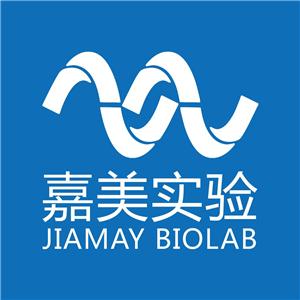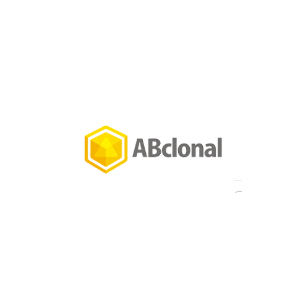BEST1 Polyclonal Antibody
BEST1 Polyclonal Antibody
询价
1EA
起订
湖北 更新日期:2025-12-28
产品详情:
- 英文名称:
- BEST1 Polyclonal Antibody
- 宿主:
- Rabbit
- 靶点:
- BEST1
- 适应物种:
- Human,Mouse,Rat
- 抗体英文名:
- BEST1 Polyclonal Antibody
- 规格:
- 10μl/20μl/50μl/100μl
- 保存条件:
- -20℃. Avoid freeze / thaw cycles.Buffer: PBS with 0.02% sodium azide, 50% glycerol, pH7.3.
- 克隆性:
- 多克隆
- 形态:
- Lyophilized or Liquid
- 抗体名:
- BEST1 Polyclonal Antibody
- 亚型:
- IgG
- 货号:
- PAB33536
- 应用范围:
- WB,IHC,ELISA
公司简介
| 成立日期 | (12年) |
| 注册资本 | 500万人民币 |
| 员工人数 | |
| 年营业额 | |
| 经营模式 | |
| 主营行业 |
BEST1 Polyclonal Antibody相关厂家报价
-
- BEST1 Polyclonal Antibody
- 上海梦泽生物科技有限公司
- 2025-12-28
- ¥3000
-
- BEST1 Polyclonal Antibody
- 北京嘉美臻元生物技术有限公司
- 2025-12-28
- ¥1980
-
- BEST1 Polyclonal Antibody
- 苏州远东普惠生物技术有限公司
- 2025-12-28
- ¥1500








